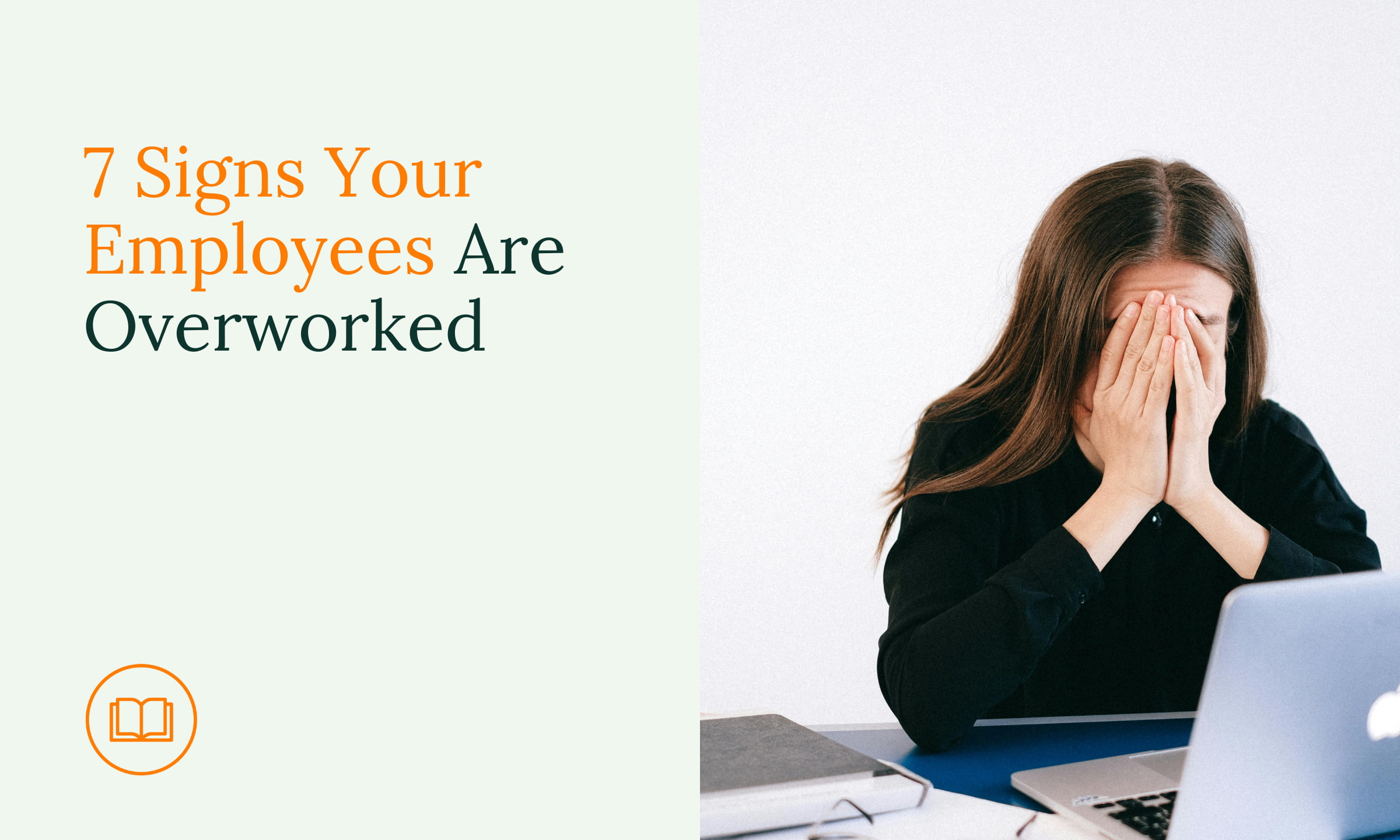Imagine that you have a broken leg… but you’re too embarrassed to tell anyone about it at work. That seems bizarre, right? But sadly, mental health stigma means that many people who suffer from issues like depression, anxiety and more feel as though they can’t share it with their colleagues.
You can make the difference! Read on for tips on smashing the stigma in your company and making a safe space for everybody 💙

Mental health is a crucial aspect of an individual’s well-being. When left unaddressed, it can lead to decreased productivity, increased absenteeism, and higher turnover rates. Yet many people still fear to talk about the mental health issues they face, especially in the workplace, where mental health stigma is still a prevalent problem. This makes it challenging for employees to seek help and support. In this article, we’ll explore exactly what mental health stigma is, its causes, and how to address it in your company.
What is mental health stigma?
Mental health stigma refers to the negative attitudes and beliefs surrounding mental illness. It can include discrimination, prejudice, and misunderstanding of mental health conditions. The existence of stigma makes it difficult for individuals to seek help and support, and in a workplace setting can also lead to decreased productivity and job performance.
One of the main causes of mental health stigma is a lack of education and understanding about mental health conditions. Many people still believe in myths and misconceptions about mental illness, such as the idea that it is a personal weakness or that it only affects a certain group of people. This lack of understanding leads to discrimination and prejudice in the workplace.
The existence of stigma makes it difficult for individuals to seek help and support, and in a workplace setting can also lead to decreased productivity and job performance.
Another cause of mental health stigma is the fear of being labeled or judged. Many employees are reluctant to seek help for mental health issues because they are afraid of being labeled as “crazy” or “unstable.” This makes it difficult for them to get the help and support they need, and can also lead to decreased job performance and increased absenteeism.
Moreover, mental health stigma can also manifest in the form of discrimination and bias when it comes to promotions, opportunities or bonuses. Employees with mental health issues may be overlooked for promotions or not considered for new opportunities, due to the assumption that they are not capable of handling the extra responsibilities.
What are some examples of mental health stigma?
Some common workplace examples include:
- A fear of being labeled as “crazy” or “unstable” if an employee wants to seek help for mental health issues
- Managers not understanding the importance of mental health and not allowing the time off for mental health issues
- Employees not wanting to disclose their mental health conditions due to fear of discrimination
- Employees being passed over for promotions or not being considered for new opportunities because of their mental health condition.
Foster a supportive environment where employees feel comfortable seeking help and support. This can be achieved by providing access to mental health resources, such as an employee mental health benefit, and creating a safe and confidential space for employees to discuss their mental health issues.
How do I reduce stigma in the workplace?
Reducing mental health stigma in the workplace is a multifaceted task that requires a combination of different strategies. Some ways to address it include:
- Provide education and training for employees and managers on mental health and related issues. This helps to increase awareness and understanding of mental health conditions and reduces the prevalence of myths and misconceptions.
- Encourage open and honest communication about mental health. This creates a culture of acceptance and understanding and makes it easier for employees to seek help and support when they need it.
- Foster a supportive environment where employees feel comfortable seeking help and support. This can be achieved by providing access to mental health resources, such as an employee mental health benefit, and creating a safe and confidential space for employees to discuss their mental health issues.
- Implement policies and processes that promote mental health and well-being. This can include providing flexible working arrangements, such as remote work options, and offering mental health days as a paid leave option.
- Use a data-driven approach to monitor and evaluate the impact of mental health stigma in the workplace. Regular check-ins with employees and data-driven approaches help you identify areas where improvement is needed and track the progress of interventions.
Mental health stigma is a significant problem that affects the entire organization. But by educating employees and managers, fostering a supportive environment, and providing resources, companies can reduce the stigma and create a more inclusive and productive workplace.
Working with nilo.health offers you the chance to create an open, supportive and mentally healthy workplace. We offer measurable impact and change, with 96% of employees reporting a “very strong” improvement in their mental health after using nilo.health. Book a demo today to learn how we can support you in building a better company!







